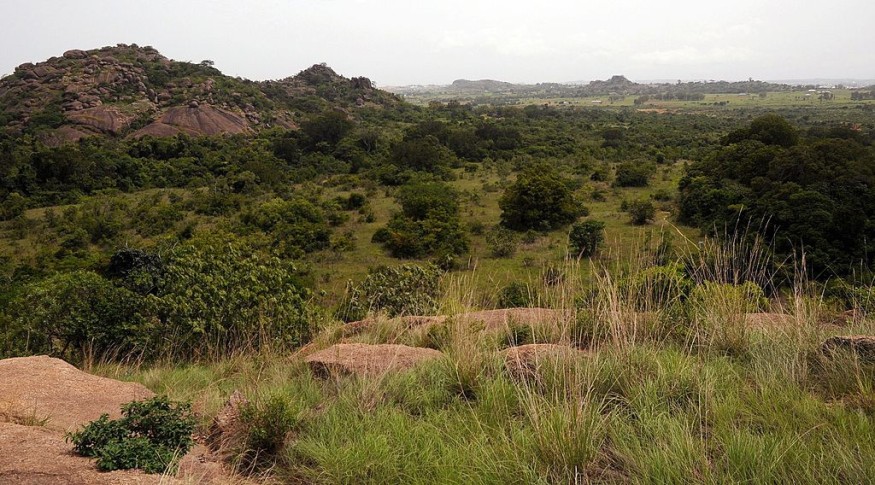The latest research warned that the rare black-footed cat could be at risk of population decline and extinction threat due to organ failure, habitat loss and inbreeding.
Habitat loss has been a main threat to many wildlife, including the rare black-footed cat in the African deserts. They may look small, but the said cat is considered as deadliest cat that can target prey in an instant. They have a 60% success rate in predation, unlike lions with only 20% to 25%.
In the 2016 report, the IUCN reported that black-footed cats are vulnerable due to increasing threats. The increasing threats are the following:
- Pest control and poisoning
- Habitat loss and habitat degradation
- Hunting
Threats to Black-Footed Cats

The population of black-footed cats is mostly seen in Southern Africa, particularly in Nambia, Botswana and Zimbabwe. The small cats prefer to stay in semi-desert and grassland areas. At night, the vegetation is ideal for them to hunt for birds and other prey, including rodents, mice, gerbils, and many more.
The cat leaves scent in different areas to reproduce and communicate with other black-footed. With the concerns of extinction, international researchers, including those from China's Shaanxi Normal University, worked together to observe the rare species of black-footed cats.
The research can be read in Proceedings of the National Academy of Sciences journal. Researchers emphasized the need for conservation efforts to protect the said cat species. They looked into the genetic adaptations and inbreeding in their population.
In their habitats in Africa, the report discovered a decline in the numbers of black-footed cats due to inbreeding.
To observe the cat's health, the researcher analyzed the tissue samples. They raised concerns about the impact of amyloidosis. It can cause organ failures, affecting the kidneys, liver, nervous system and heart.
The report explained that the cats are vulnerable to the impact of amyloidosis. When black-footed cats suffer from the said condition, their overall health is affected. The animal can die from starvation or become a prey target.
With habitat loss threats, researchers found that inbreeding could cause amyloidosis. The study aims to understand more about the evolution and breeding history of the Felis nigripes.
Habitat Loss Impact on Environment and Ecosystem
Widespread habitat loss is a major threat to wildlife and many species. When habitats become unsuitable, it will be challenging for animals to repopulate and look for potential food.
It has also negative effects on biodiversity and genetic diversity. Protecting swaps, grasslands and other habitats is crucial to save species from decline.
Related Article : Extreme Drought Impacts Important Peatlands Carbon Sinks That Fight Climate Change
For more similar, don't forget to follow Nature World News
© 2025 NatureWorldNews.com All rights reserved. Do not reproduce without permission.





